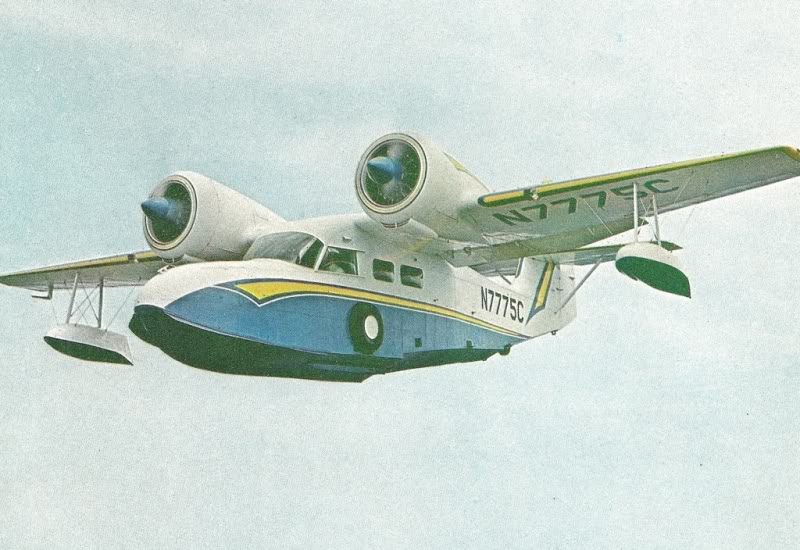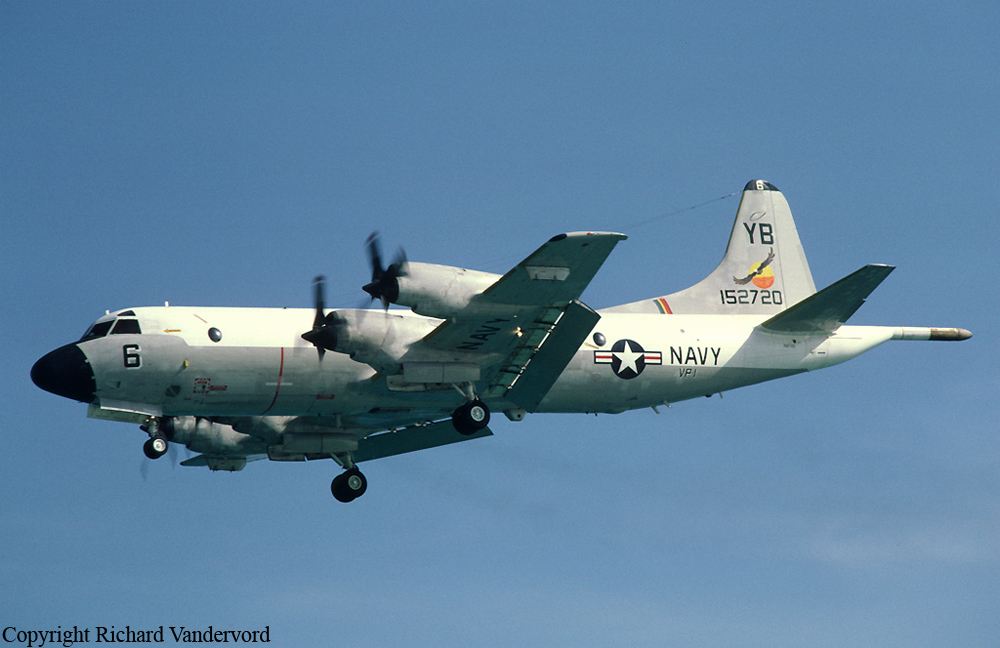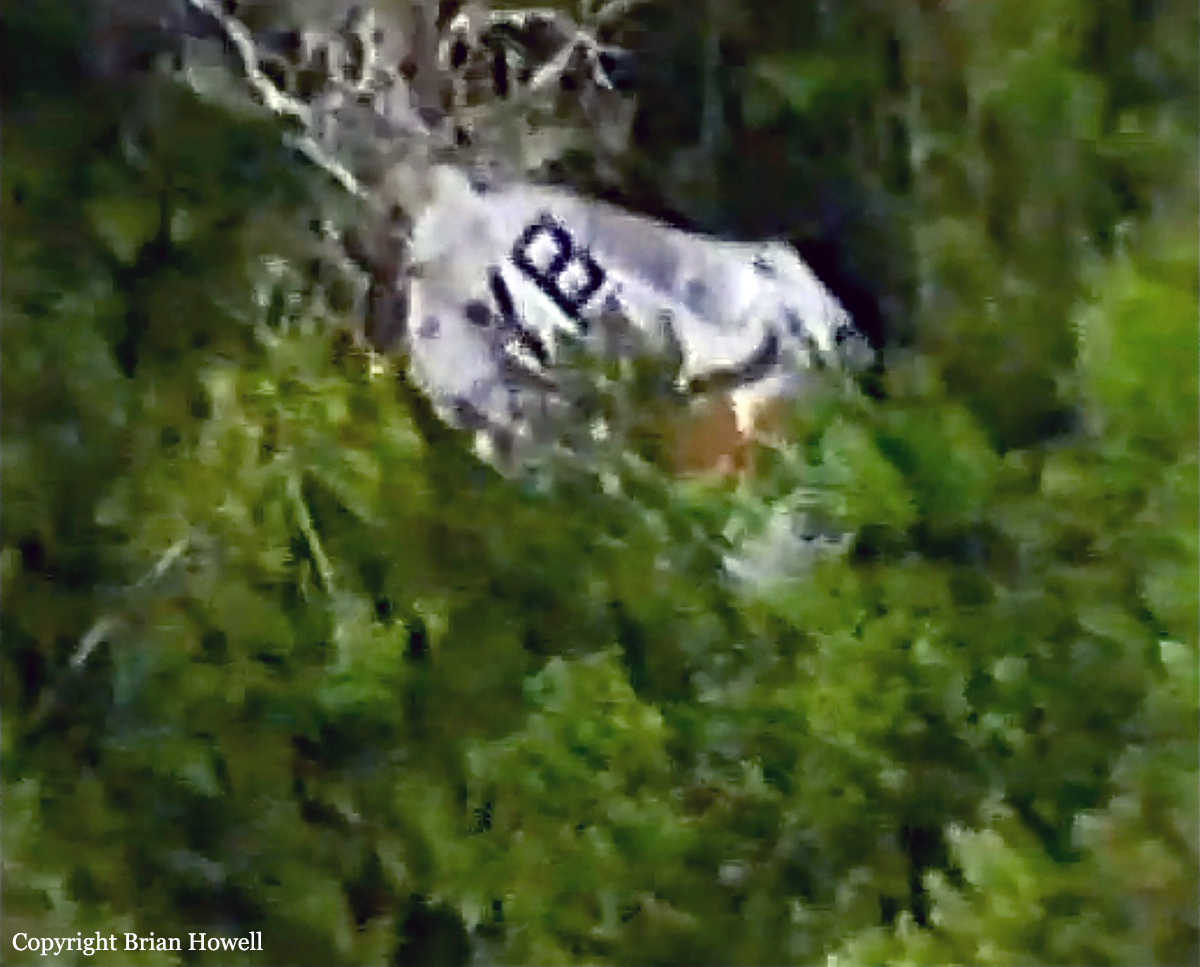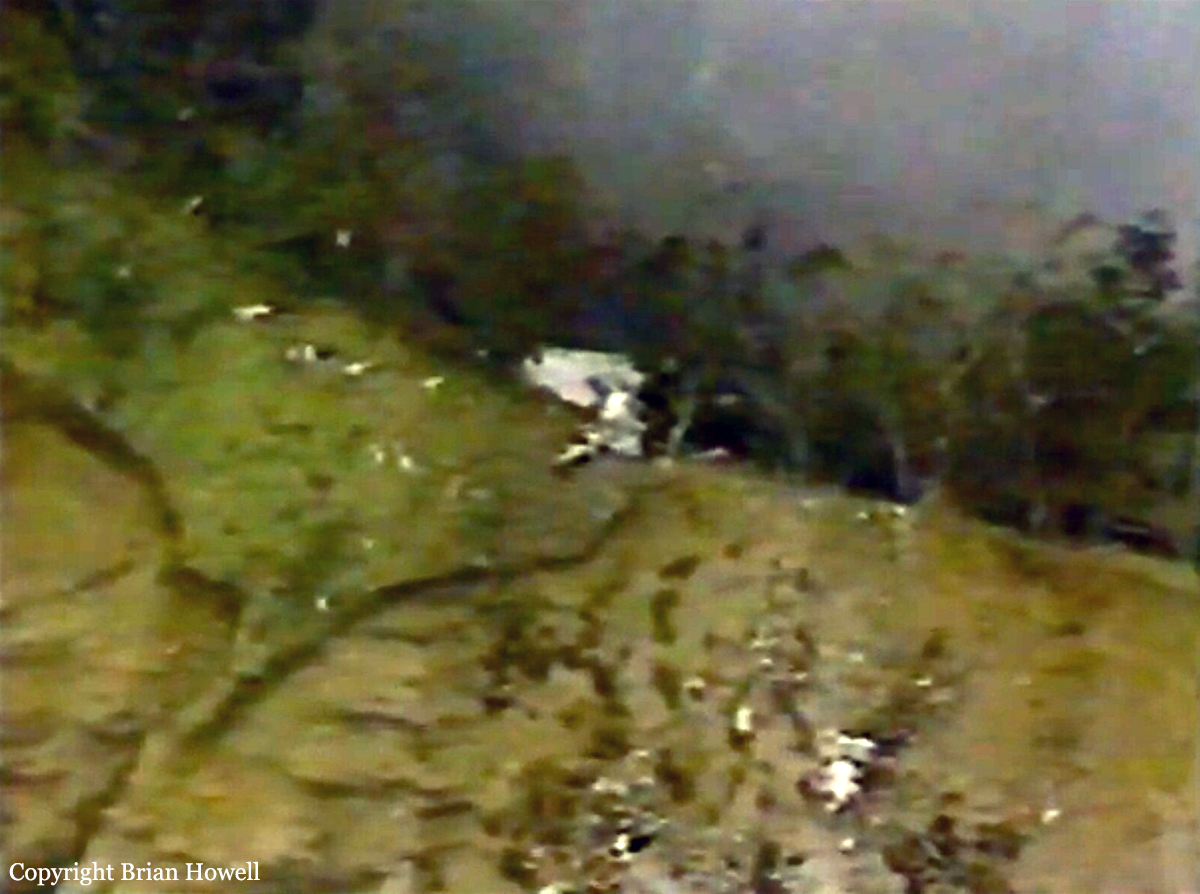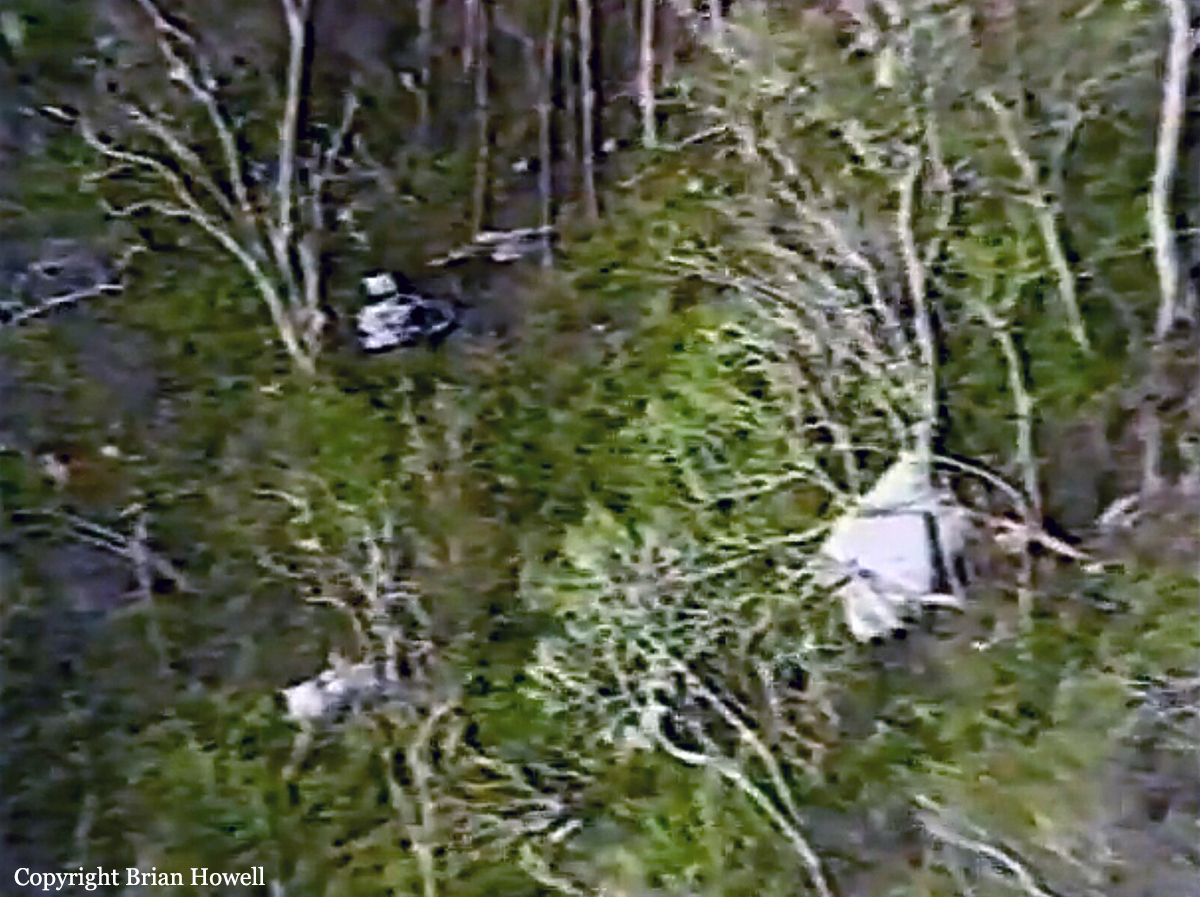Crash of a Grumman C-1A Trader in Elizabeth City: 4 killed
Date & Time:
Aug 23, 1983
Registration:
146040
Survivors:
No
Schedule:
Elizabeth City - Elizabeth City
MSN:
70
YOM:
1958
Crew on board:
4
Crew fatalities:
Pax on board:
0
Pax fatalities:
Other fatalities:
Total fatalities:
4
Circumstances:
The crew was completing a local training mission at Elizabeth City Airport consisting of touch-and-go maneuvers. The aircraft crashed in unknown circumstances, killing all four crew members.


